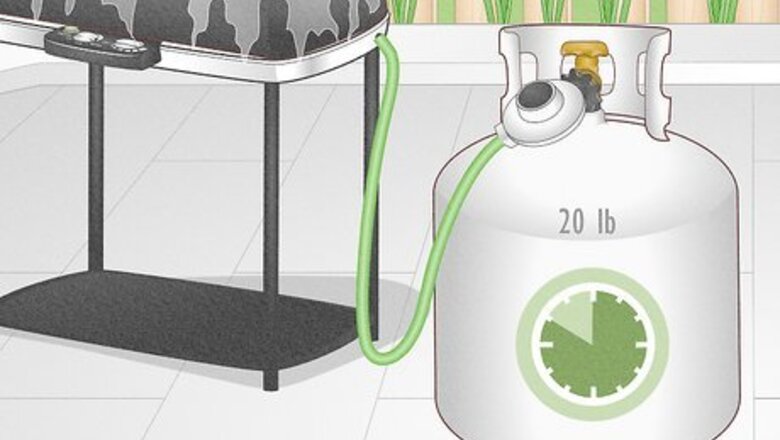
views
How long does propane in a tank last on average?
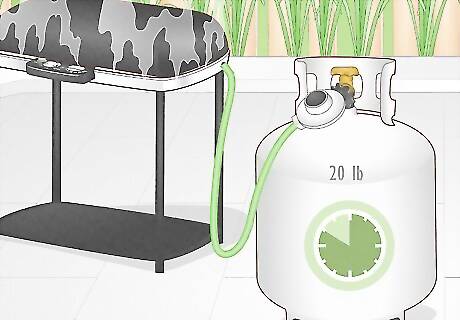
Portable 20 lb tanks of propane last roughly 10 hours. In case you’re just hoping to fire up the grill, the small tanks last for several hours of cooking.

The average propane tank for homes lasts five months. The most common tank size for a 2,500 sq ft. house or smaller is 500 gallons. With general use, a hundred gallons a month will be consumed by a combination of heat and appliances.
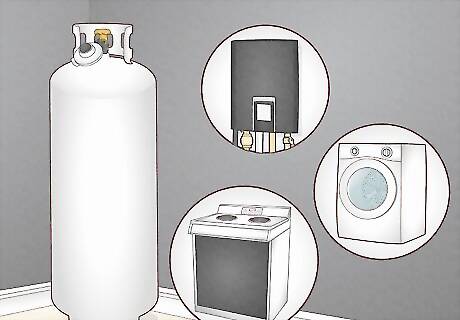
How long propane lasts depends on usage. While there are average consumptions for homes, the length of time propane lasts depends on how often the propane is being burned. This can differ based on appliance, water, and heating usage. If you’re blasting your heat all winter, a 500-gallon tank could last only a month, but if you’re rarely using your heat and propane-powered appliances, you could get 14 months out of a single refill.
How long do propane tanks themselves last?
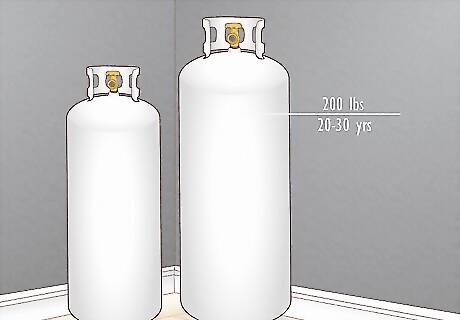
Propane tanks over 200 lbs last 20-30 years. The difference depends on if the tanks are above ground or below ground. An above-ground tank lasts longer – while it’s exposed to a lot of elements, it’s not constantly being exposed to shifting soil, so it is more likely to last 30 years or longer. An underground tank will, on average, last less time depending on the installation and the soil around it – usually regulated to 20 years. In the construction of any propane tank, you need a permit from the fire marshal in your local area to make sure all safety measures are met.
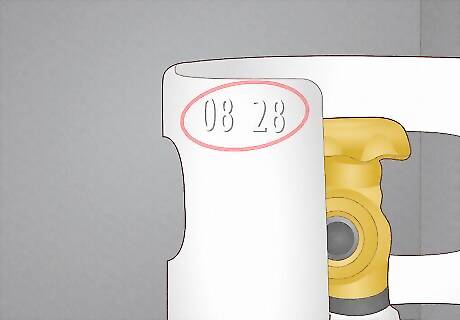
Propane cylinders less than 100 lbs have “expiration dates.” These dates aren’t saying the fuel has gone bad, but that the cylinder itself needs to be inspected. A professional will refuse to refill a cylinder that’s damaged, rusted, or has a leaking or malfunctioning valve. Smaller tanks are made of similar metal as the big ones, and also do not corrode easily. An unopened portable tank, kept in the right conditions and not banged around, can last 12 years!
Calculate Your Propane Usage
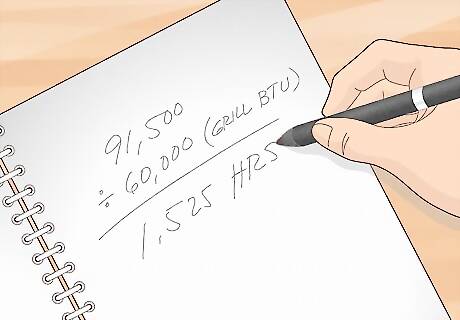
Divide the size of your tank by 91,500 to calculate how many gallons it uses per hour. The BTU of a single gallon of propane is 91,500. Divide the size of your propane tank (in pounds) by 91,500 to get how many gallons of propane your home will consume per hour. Note, that’s if your tank is being used for the full hour, and not just using an appliance for a few minutes. The instruction manuals of your propane-fueled appliances (such as stoves, water heaters, and driers) should show what their BTU usage is. Divide the BTU usage of these appliances by 91,500 to determine how long it’ll take that appliance to burn through a gallon of propane. The following equation – ((Tank Size (in lbs) ÷ 4.25) × 91,500 BTU per gallon ÷ Consumption BTU) – determines how many hours of service you can get out of a propane tank. Divide the size of your home (ex. 2,500 sq.ft.) by the size of your propane tank to determine how many gallons of propane you need for each square foot of your home to heat it.
When do I replace propane?
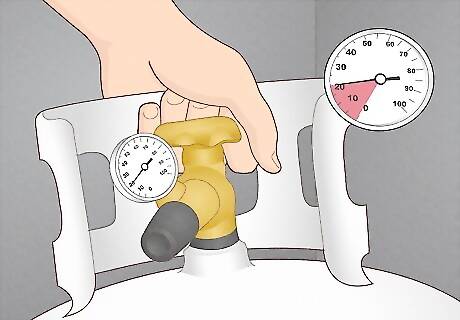
When your fuel level is below 20%. Propane doesn’t expire, so you don’t have to worry about it “going bad” at any point. However, you don’t want to get caught with zero propane, especially if you live in an area with cold winters. Check the fuel gauge on your tank to see the current level.
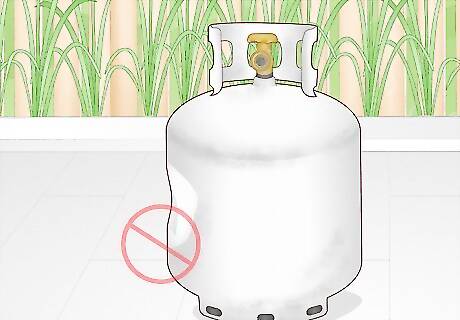
Aging tanks should be repaired or replaced before they’re refilled. Check your tank periodically for low fuel or damage. While large tanks last quite a while, they can still experience erosion.
How do I check the amount of propane in a portable tank?

Use a water test. This simple method makes it easy to check the fuel level without any extra equipment! Disconnect the tank from whatever it’s fueling and pour a bucket of warm water down the side. Once it’s wet, run your hand vertically down the metal. If you feel a cold spot, that means there’s fuel left in the tank. The closer to the bottom you feel this chill, the less fuel you have left! If it’s warm all the way down, it’s empty.
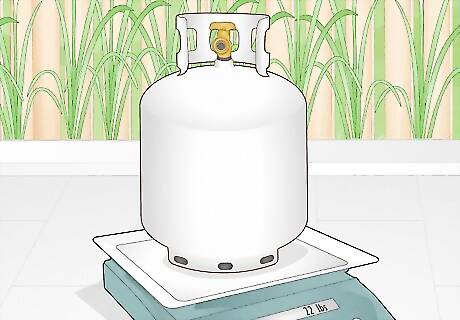
Weigh the tank. For this, you’ll need a scale, the weight of a gallon of propane (about 4.2 pounds per gallon) and the weight of the empty tank (the tare weight, which should be on a sticker on the side of the tank,) Disconnect your tank from whatever it’s being used for and set it on a scale. Record the current weight and subtract the tare weight. The number you get is how many pounds the tank has in fuel remaining. Divide that number by 4.2, and you’ve got your fuel level in gallons!
Safety Tips for Propane Tanks
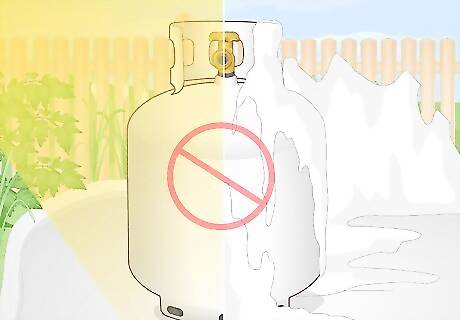
Never leave portable tanks in extreme elements. Keeping these small tanks in conditions that are too hot or too cold can damage their integrity, resulting in potential leaks. If your tank is rusting or dented, replace it. Large tanks are more equipped against the elements, but you should still check them every once in a while for signs of rust or erosion.
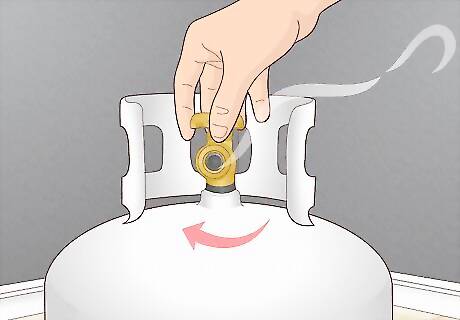
If you smell gas, turn off the tank. If you’re smelling propane in the air, you may have a gas leak. Find the supply valve on your tank (on the top under the dome) and turn it clockwise until it doesn’t turn anymore. This will shut off the gas supply until a professional can spot the problem.. Don’t enter the building again until the problem has been addressed.
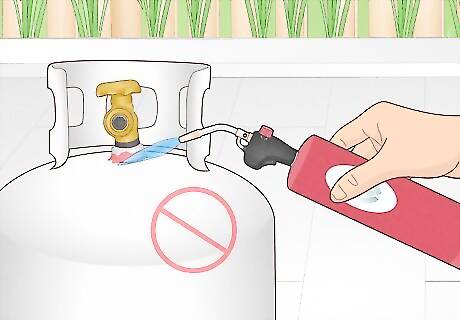
Don’t attempt repairs without a professional. Working with any sort of gas can be dangerous. Contact your propane provider if you have any suspicions or concerns regarding your tank.



















Comments
0 comment